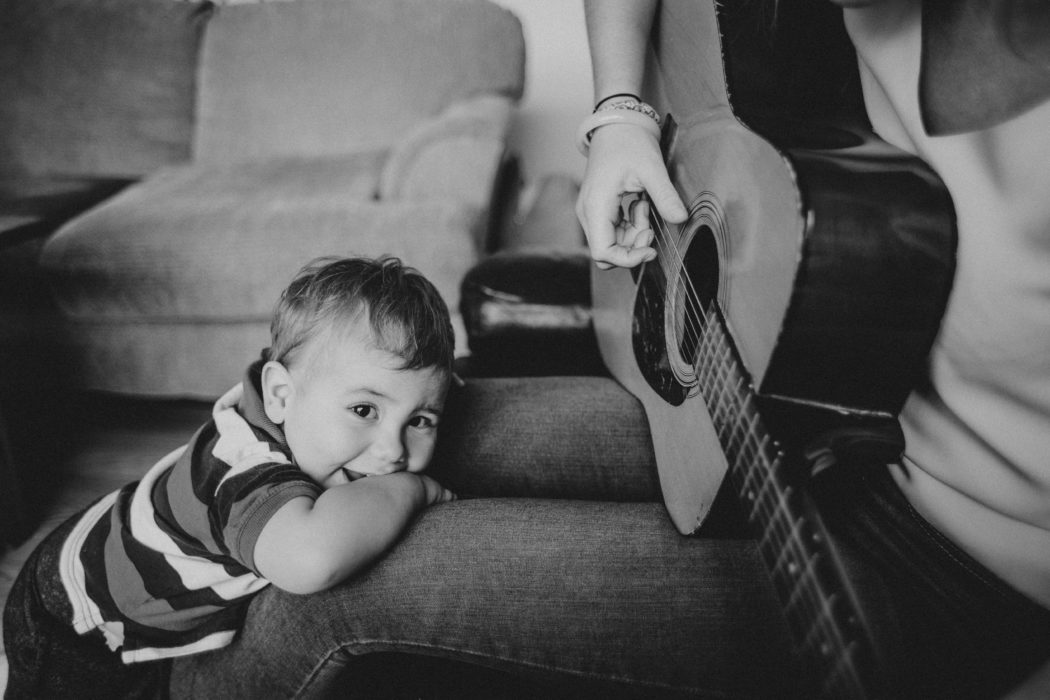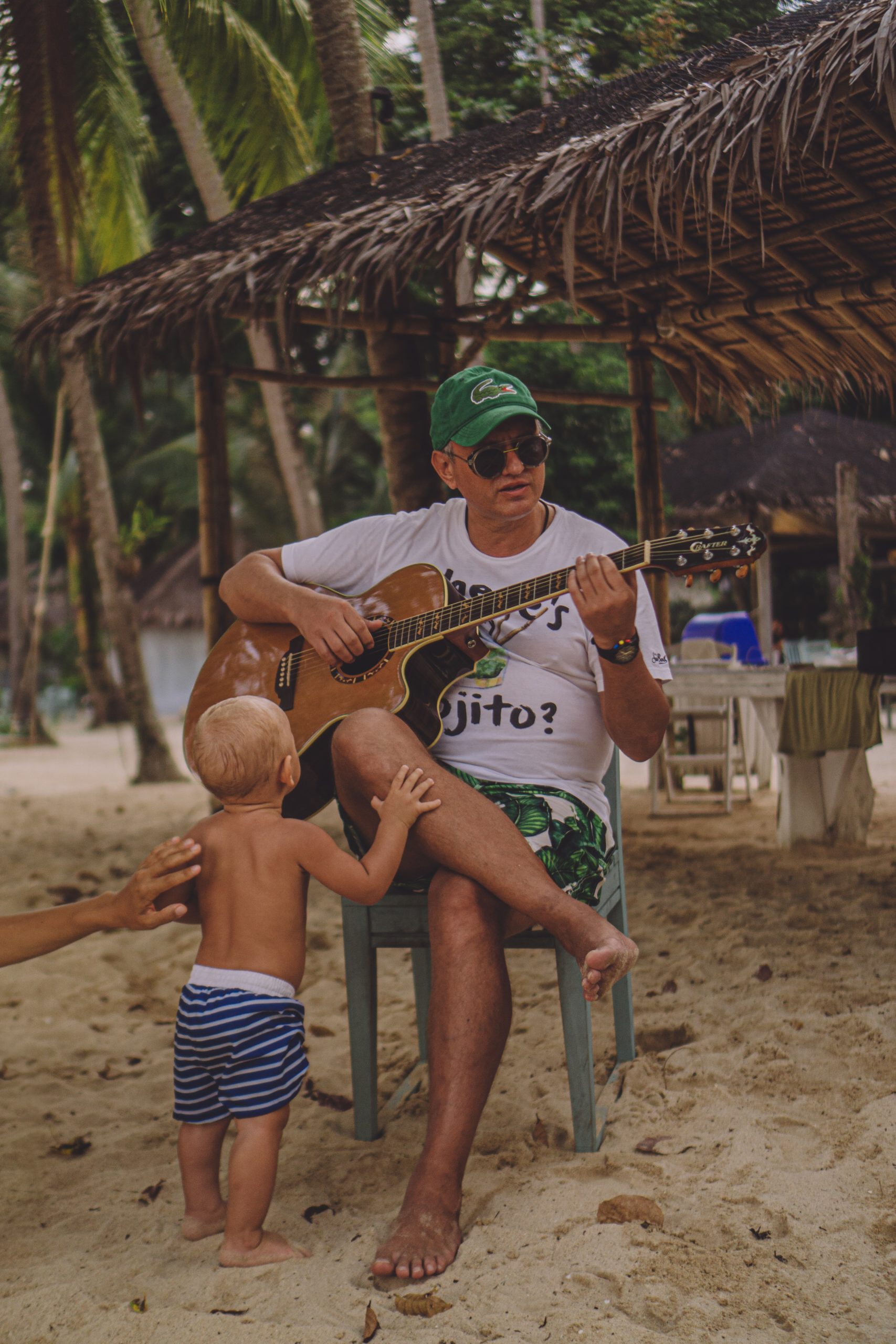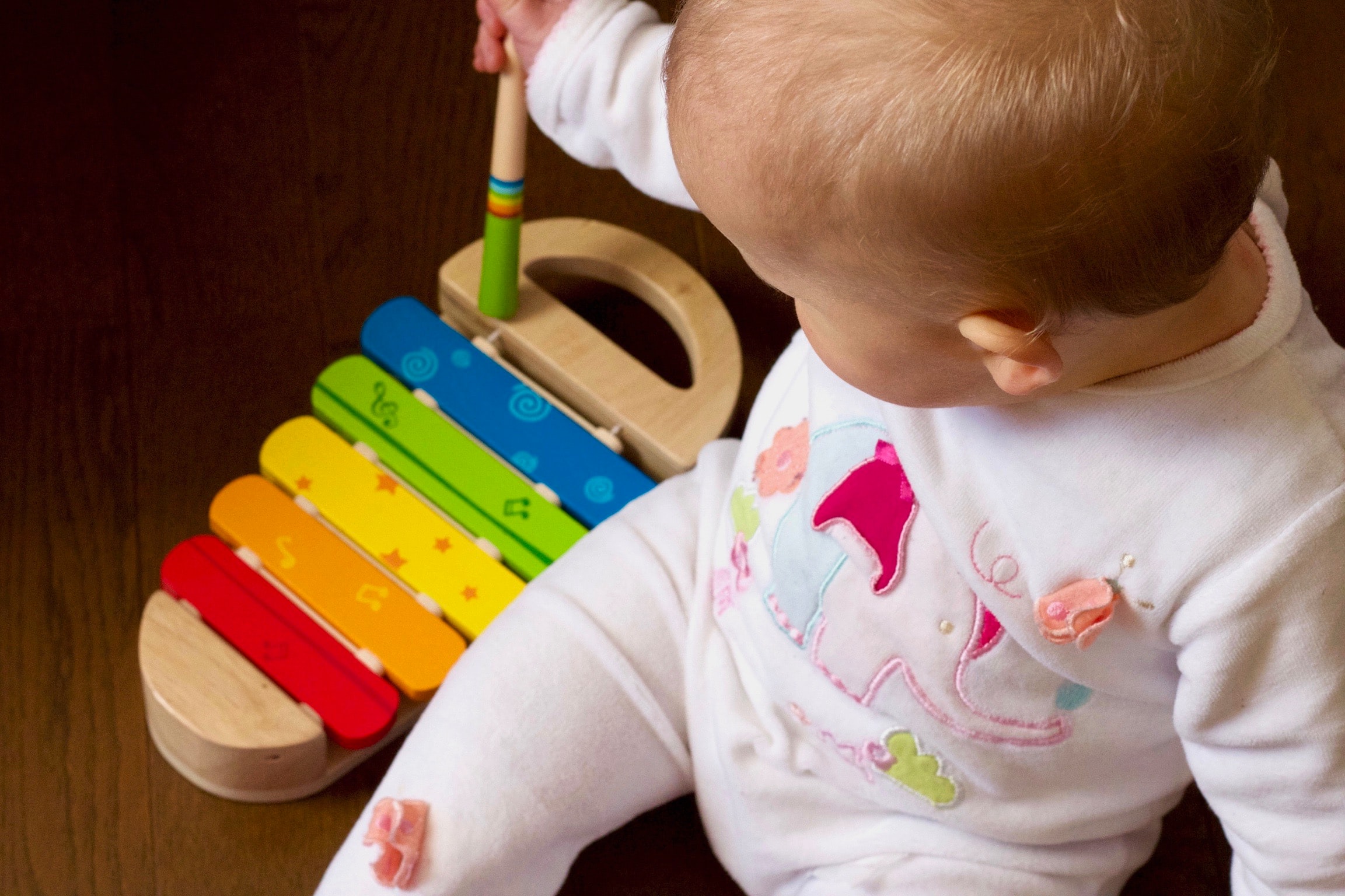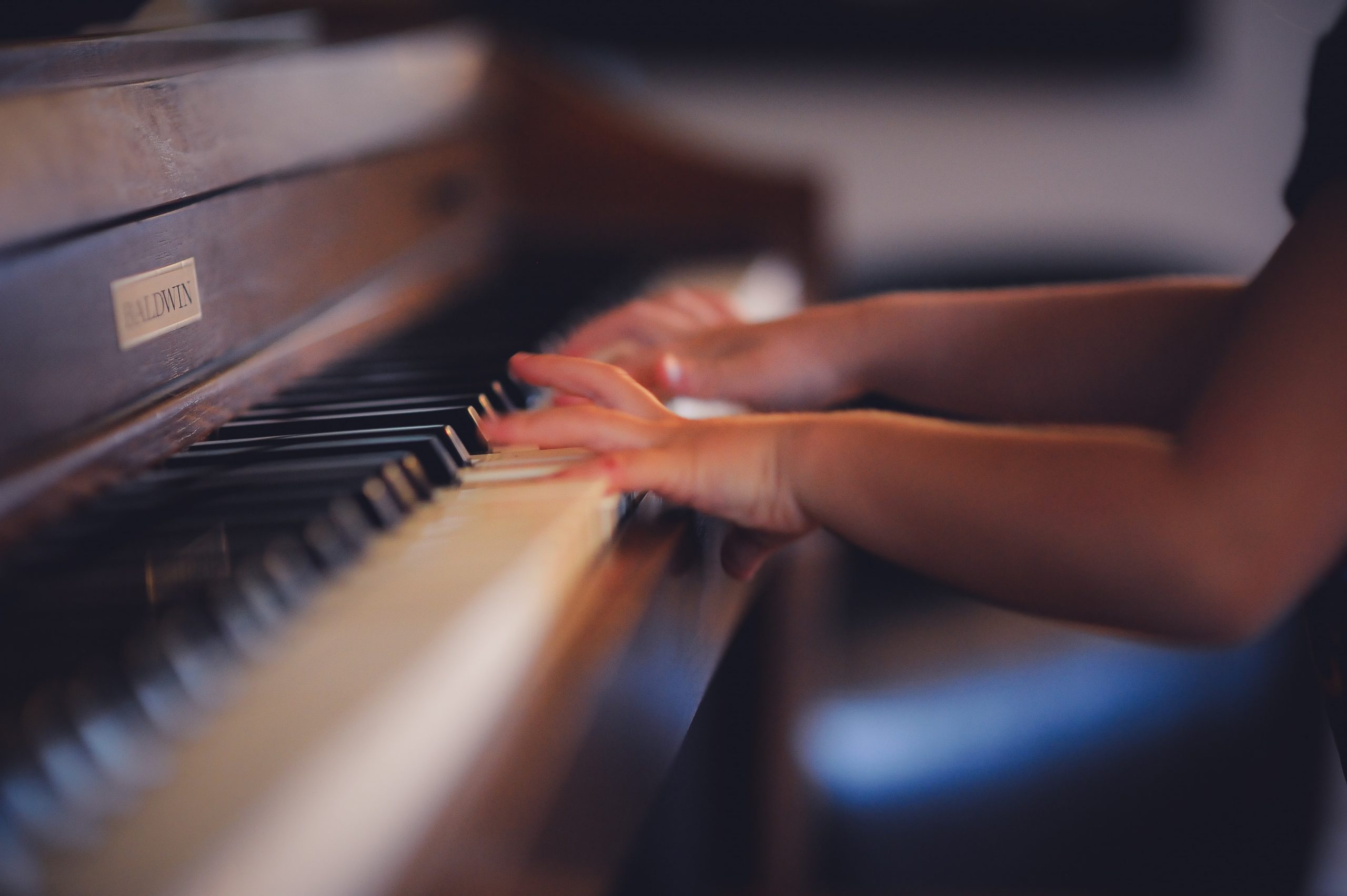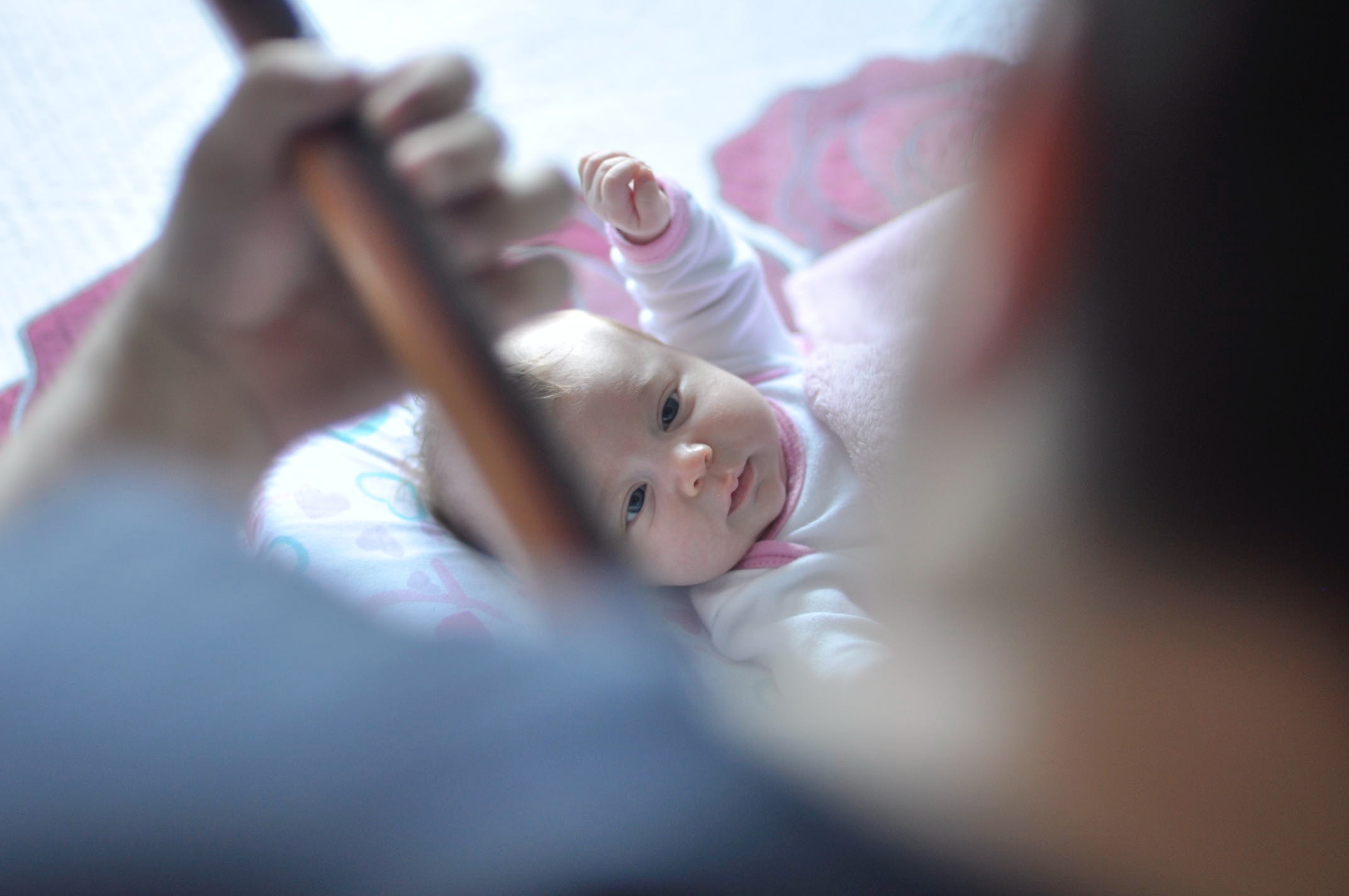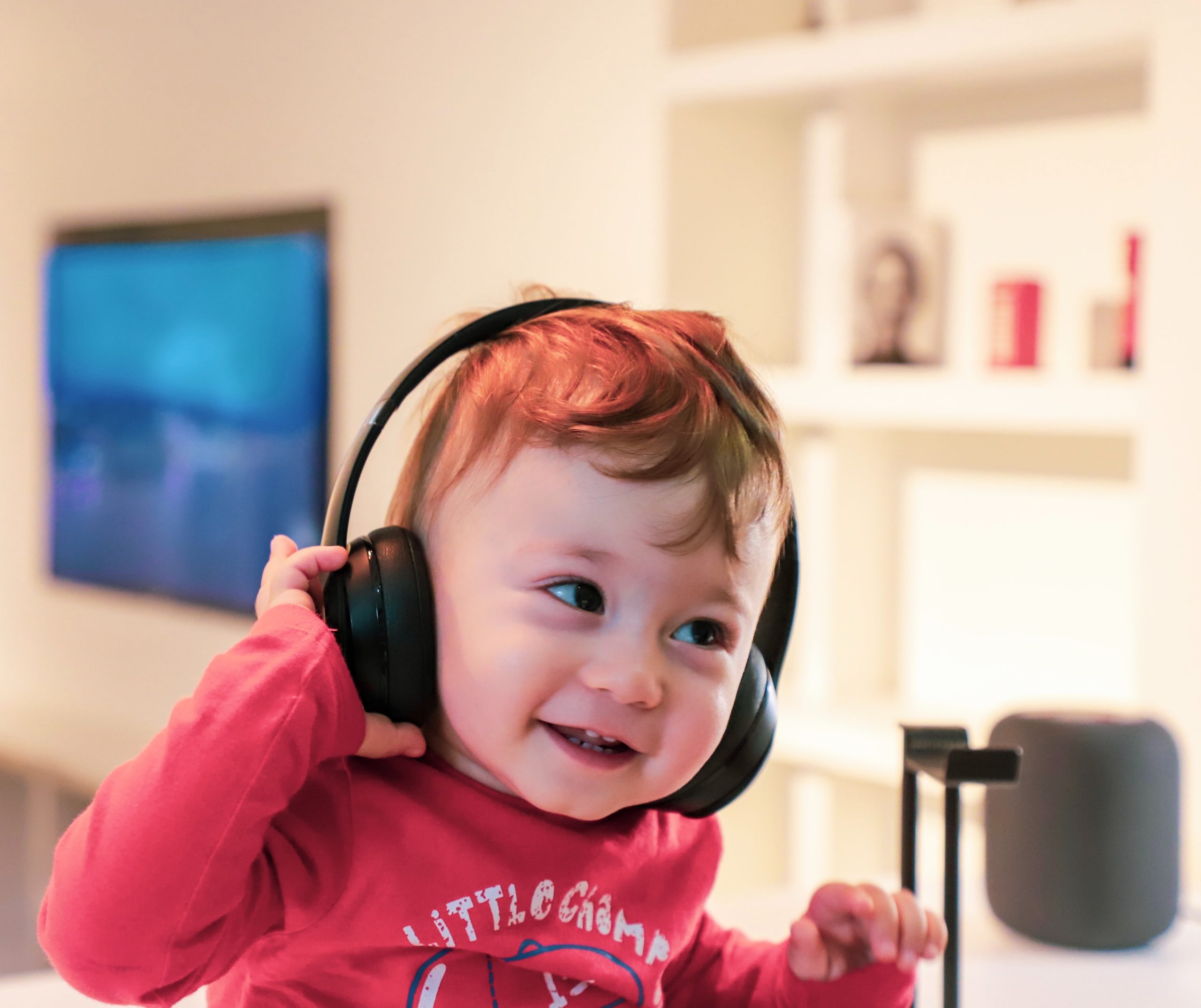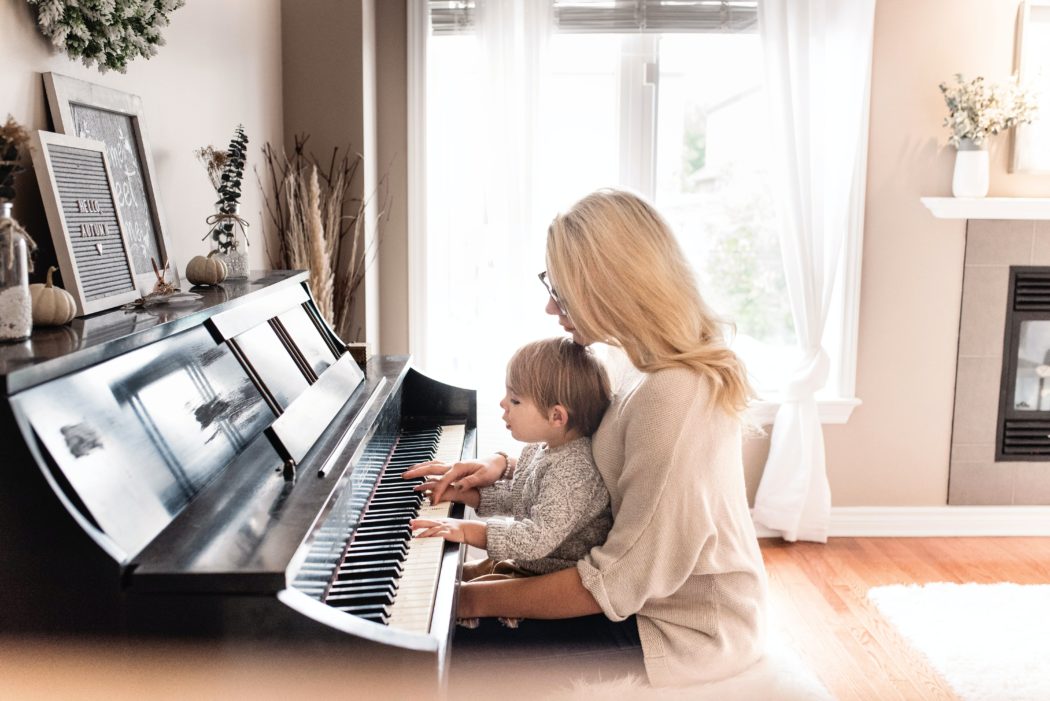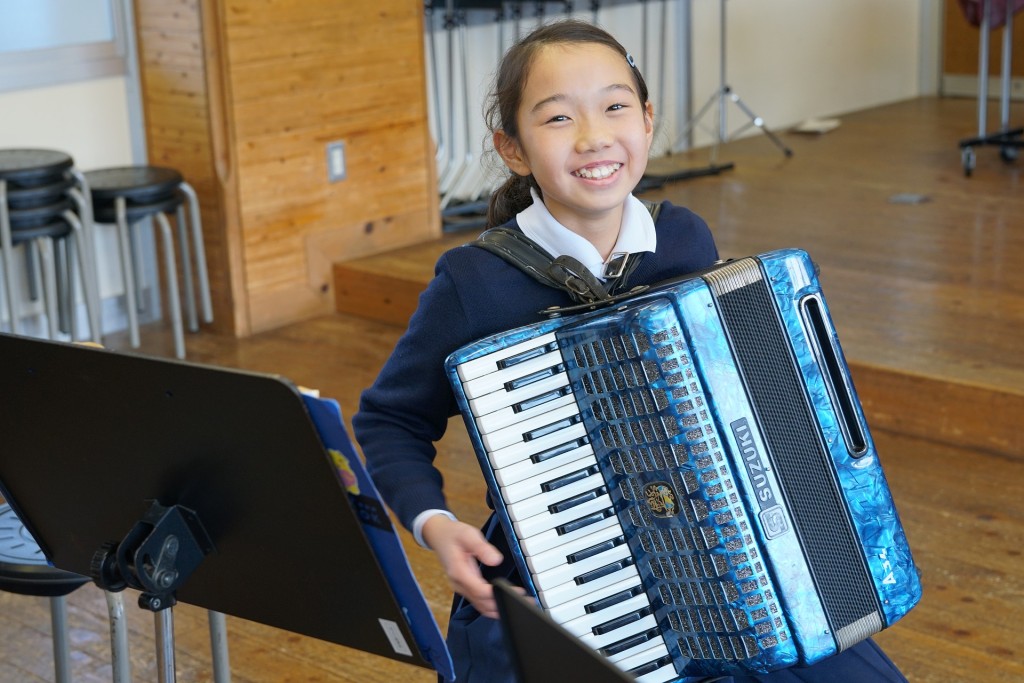The new JBL Xtreme 3 is the perfect speaker for families.
Whether I’m out with my family for a picnic, having a day at the beach, or simply relaxing poolside – this new speaker from JBL offers newfound ease to carry music with me wherever I go.

Most speakers are fragile, lose battery quickly and can be a hazard around the little ones. Often, they have to be plugged into the wall and require hours of charging and on top of that, they can contribute to the endless black-hole of similar-looking cords – all with individual and specific purposes. With a convenient USB-C charging cord that is likely to power a number of your devices, this speaker is designed with the user in mind.
SOUND CONTROL:
What I love the most about the Xtreme 3 is the beautiful and rich depth of sound. With sensitive volume control that is easily adjusted with buttons along the topside of the device granting me the versatility to host a house full of guests, or to simply soundtrack a relaxing night in.
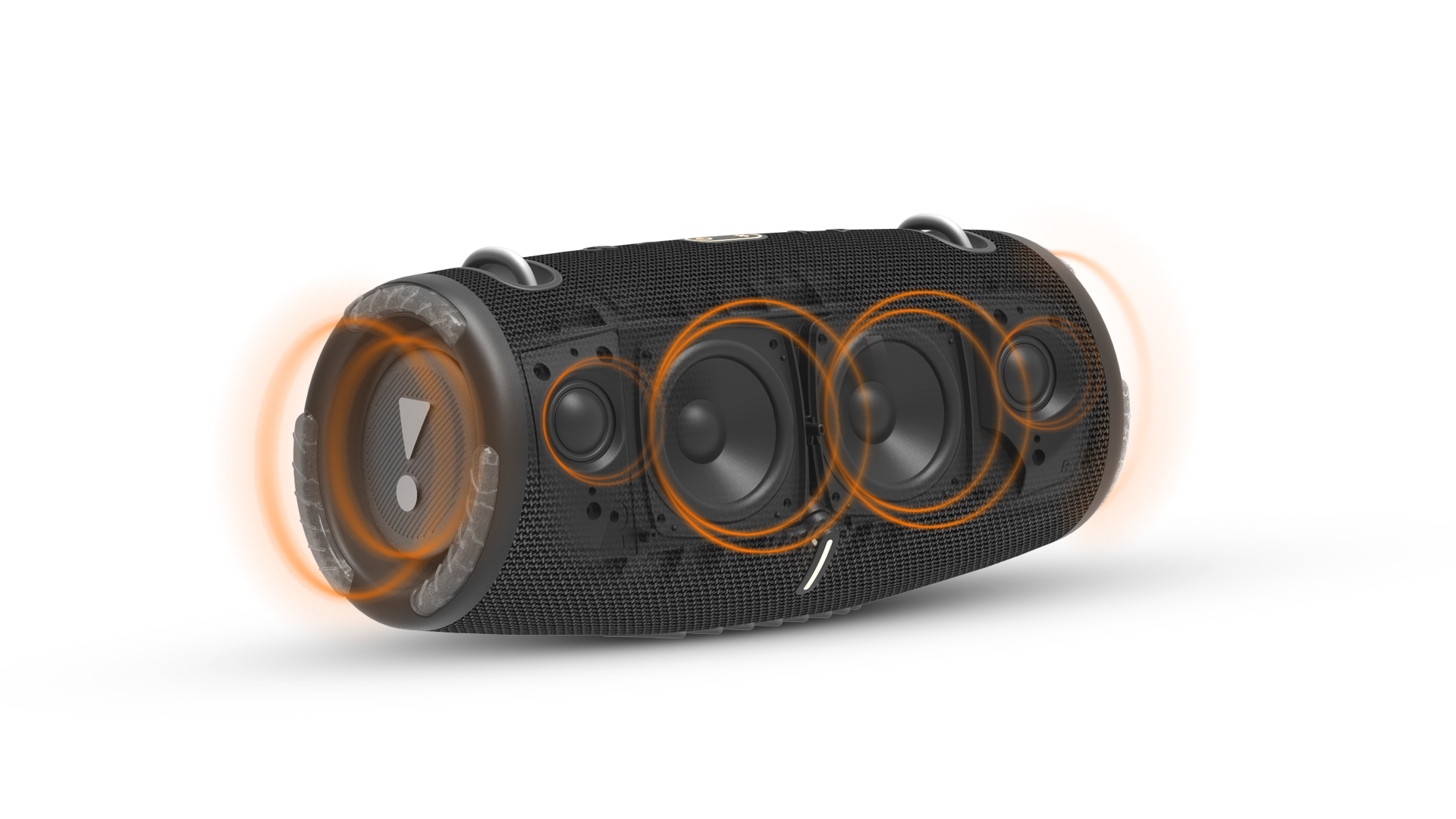
DURABLE:
Water-proof and dust-proof, this speaker can survive all the elements. Eliminating any concern over preserving my new and expensive toy – the speaker can be submerged for up to half an hour within a metre of water. Sand on the beach? Splashes of water from the pool? No problem. Plus, this makes for easy cleaning – whether it needs a good rinse from sand or dirt or just a quick wipe down.
USE IT ANYWHERE:
With a busy family that is on the go: parties, camping trips, beach holidays, backyard BBQs…the list goes on –it’s handy to have a speaker that can keep up with me and last the distance. After just 2.5 hours of charging, the speaker is juiced up with 15-hour battery life.

BUILT TO LAST:
The durability of the speaker is yet another bonus, with grips along the speaker base making it non-slip. But, even better yet is the sturdy make that allows for peace of mind should it be subject to any rough and tumble around the house.

CONVENIENT:
The new JBL Xtreme 3 rises to the challenge and offers features I didn’t realise I had been missing. Days of either leaving the speaker behind or awkwardly lugging an extra and soon deemed unnecessary item around with me are over. I particularly enjoy the convenience of easily transporting it outside when entertaining guests, for a weekend away or around the house for my children’s birthday, all with thanks to its lightweight and carry strap.

SIMPLE AND EASY TO USE FEATURES INCLUDE:
- Extended battery life
- USB-C Charging port – a new feature for increased user-friendliness, the speaker can be charged with any USB-C cable, so you don’t have to pack different cords
- USB port in the back – out for the day and running low on battery? Plug your phone cord in the back and let the speaker charge your phone
- Wireless Bluetooth connectivity – connect your phone via Bluetooth and have access to all of your or the kid’s favourite music
- Party Boost – the speaker comes with a new function to easily connect to other JBL speakers and increase the sound and distance, perfect for bigger groups and families for compatible listening
- Easy-to-use control buttons – situated between the handles on the top of the device to you can: power up, connect to Bluetooth, adjust the volume, play and pause, and activate Party Boost; the speaker is simple to operate
- The speaker comes with a starter guide, adaptor and power cord + regional plug, carry strap and safety sheet
SPECS:
- 1.97kg weight
- Dimensions: 28.8cm width x 13.2cm diameter x 13.6cm height
- Water-proof
- Dust-proof
- Black or Blue colourway
- $399.99 RRP




